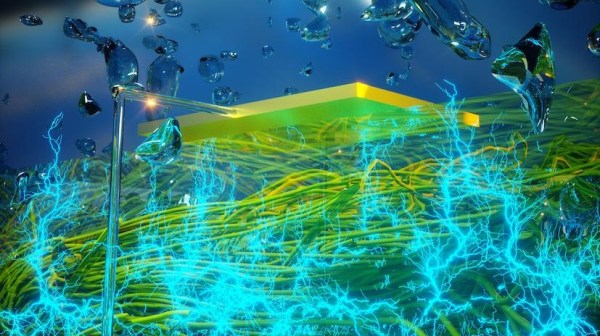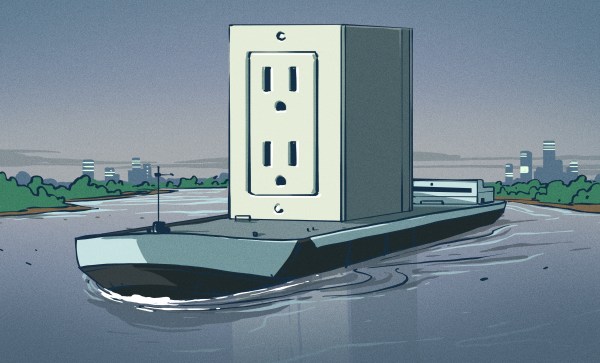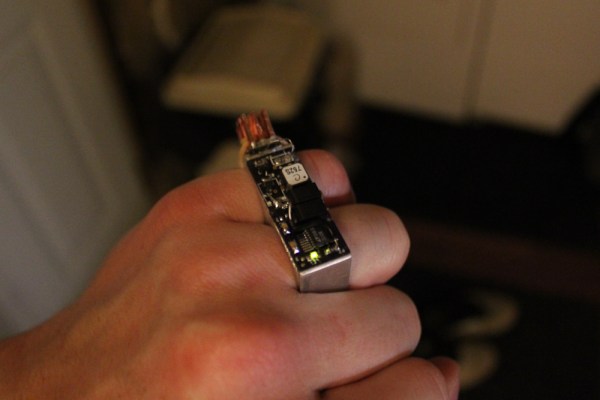Generating electricity out of thin air is the fantasy for our modern technology dependant world, but still falls squarely in the world of science fiction. However, researchers from the University of Massachusetts Amherst claim that they have found a way to do exactly that, using protein nano-wires to produce tiny amounts of electricity from ambient humidity.
The protein nano-wires in question are harvested from the microbe Geobacter sulfurreducens, to create a 7 µm thick film that is placed between two gold electrodes. One electrode completely covers the back of the film, while the front electrode covers only a tiny portion of the surface area. When the film is exposed ambient moisture, researchers measured 0.4 V – 0.6 V produced continuously for more than two months. The current density was about 17 µA/cm². This is only a fraction of the output of a commercial solar panel, but it can be layered with air gaps in between. The electricity is supposedly produced due to a moisture gradient through the thickness of the film. Harvesting energy using ambient humidity is not new, but the improvement in power density on this study is at least two orders of magnitude larger than that of previous studies.
The researches have named the technology Air-Gen and hope to develop it commercially. As we have seen many times before, promising lab results often don’t translate well into real world products, but this technology is definitely interesting.
We’ll continue to see all sorts of weird and wonderful ways to free up electrons, like using sweat, but we’ll have to wait and see what sticks.
Thanks for the tip [William Polo]!














